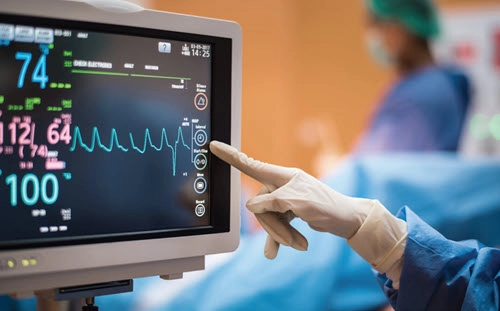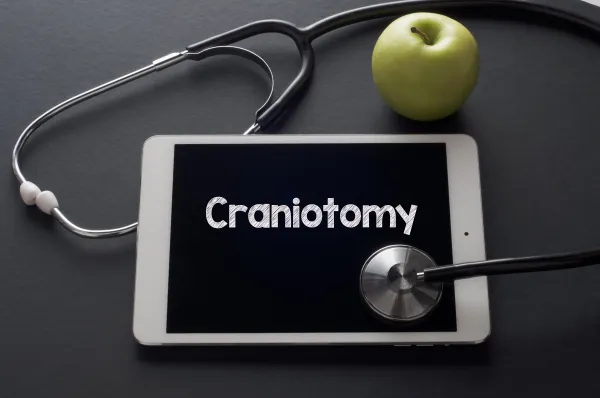Neurosurgery Coding Alert
Knowing Circumstances Surrounding ECoG Vital to Code Choice
Question: When the surgeon performs an electrocorticogram (ECoG), how should I report the procedure? Illinois Subscriber Answer: It depends on how, when, and where the ECoG was taken. There are two ECoG codes, which describe two very different methods of obtaining ECoG information. Option 1: If the surgeon performs the ECoG during surgery, you’d report 95829 (Electrocorticogram at surgery (separate procedure)), which “describes intraoperative recordings of ECoG from electrode arrays implanted in or placed directly on the brain exposed during surgery. Code 95829 includes review and interpretation during surgery,” per CPT® 2021. During this service, the neurosurgeon performs craniotomy in order to implant an electrode array to identify any zones of epileptic origin. The leads from the array are hooked up to a computer that performs electroencephalographic mapping of the exposed cerebral cortex area. If the encounter notes indicate that this type of procedure was performed during surgery, opt for 95829. Option 2: If the surgeon performs the ECoG using an already implanted brain neurostimulator pulse generator/transmitter, you’d report 95836 (Electrocorticogram from an implanted brain neurostimulator pulse generator/transmitter, including recording, with interpretation and written report, up to 30 days). This service differs from 95829; during the ECoG, the surgeon uses an extraoperative ECoG device connected to a computer. The readings for 95836 come from electrodes that are chronically implanted in the brain. “Chronically implanted electrodes allow for intracranial recordings to continue after the patient has been discharged from the hospital. Code 95836 includes unattended ECoG recording with storage for later review and interpretation during a single 30-day period,” per CPT® 2021. During this service, the patient is outfitted with the following: Responsive neurostimulation device (RNS), Then, the surgeon places the ECoG wand over the RNS transmitter-receiver to record data. Remember: You cannot report 95836 more than once every 30 days, and CPT® instructs you to include the ECoG start and stop dates on claims form 95836. Also, do not report 95836 with 95957 (Digital analysis of electroencephalogram (EEG) (eg, for epileptic spike analysis)).
Related Articles
Neurosurgery Coding Alert
- CPT® 2022:
Get Up to Speed on New LITT, Laminectomy Codes
A new lesion therapy gets its own code in 2022 … and a lot more. [...] - CPT® 2022:
Revisions Revved Up for Next Year
Here’s why you need to pay special attention to 2022 code revisions. When it rains, [...] - Modifier Madness:
Code Unrelated E/Ms With 24 … When Possible
Instead of relying on your clinic schedule for documentation proof, do this. Knowing the ins [...] - You Be the Coder:
MDM Coding: 1 Bullet or 2?
Question: I am still getting used to the new rules for office/outpatient evaluation and management [...] - Reader Questions:
Use This Advice on High-Level Drug Therapy E/Ms
Question: What qualifies as “drug therapy requiring monitoring” in the high-risk level of complications and/or morbidity [...] - Reader Questions:
Use Observation Codes for More Than Primary Dx
Question: Should we report the observation diagnosis codes (Z03-Z05) as primary diagnoses or secondary? Or [...] - Reader Questions:
Knowing Circumstances Surrounding ECoG Vital to Code Choice
Question: When the surgeon performs an electrocorticogram (ECoG), how should I report the procedure? Illinois [...]




